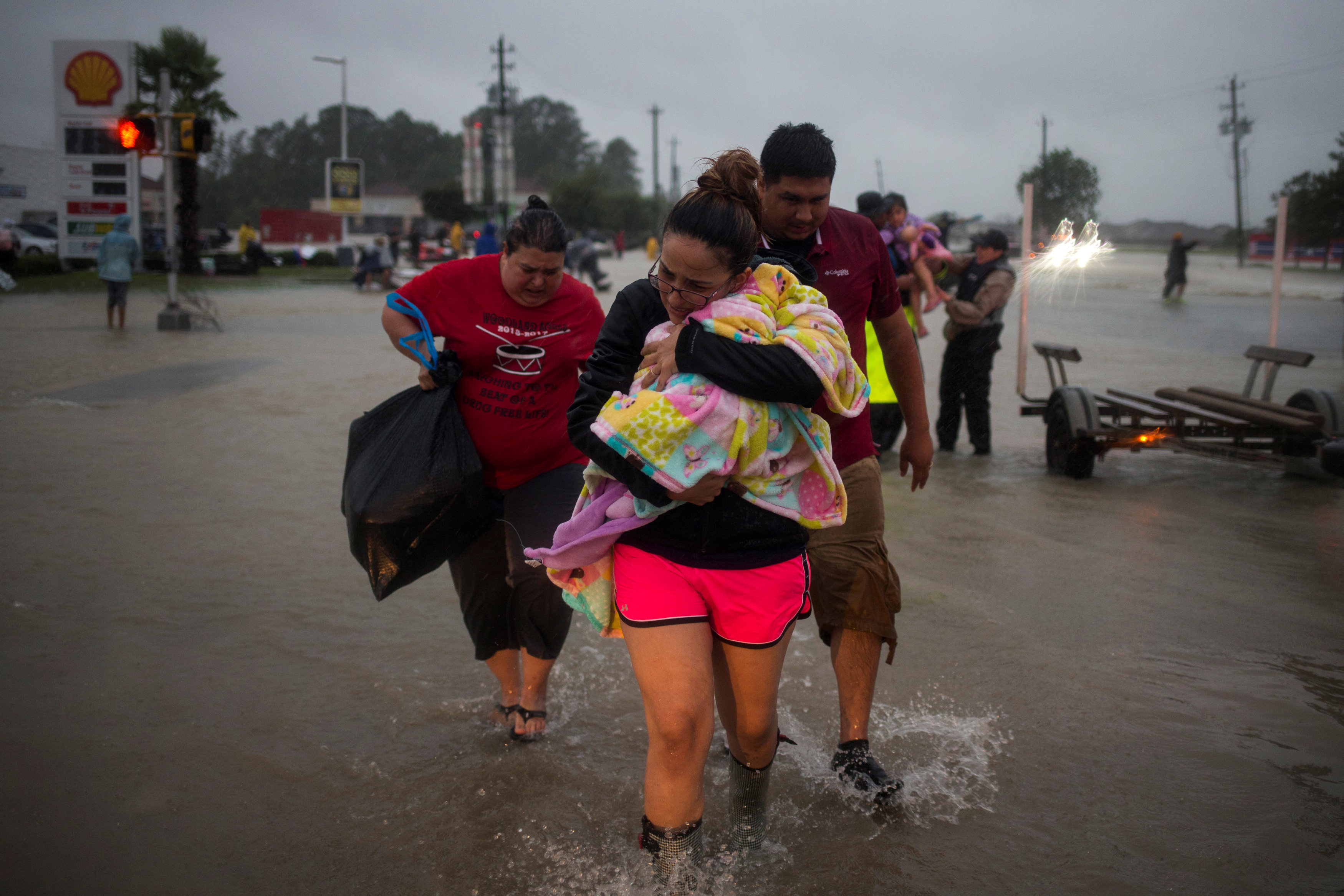
By William Mallard and Jack Kim
TOKYO/SEOUL (Reuters) – North Korea fired a ballistic missile over Japan’s northern Hokkaido island into the sea on Tuesday, prompting a warning from U.S. President Donald Trump that “all options are on the table” as the United States considers its response.
The test, one of the most provocative ever from the reclusive state, came as U.S. and South Korean forces conduct annual military exercises on the peninsula, angering North Korea which sees them as a preparation for invasion.
North Korea has conducted dozens of ballistic missile tests under young leader Kim Jong Un, the most recent on Saturday, in defiance of U.N. sanctions, but firing projectiles over mainland Japan is rare.
Trump said the world had received North Korea’s latest message “loud and clear”.
“This regime has signaled its contempt for its neighbors, for all members of the United Nations, and for minimum standards of acceptable international behavior,” Trump said in a statement released by the White House.
“Threatening and destabilizing actions only increase the North Korean regime’s isolation in the region and among all nations of the world. All options are on the table.”
Trump spoke with Japanese Prime Minister Shinzo Abe and the two agreed that North Korea “poses a grave and growing direct threat to the United States, Japan, and the Republic of Korea, as well as to countries around the world”, the White House said.
The Republic of Korea is South Korea’s official name.
“President Trump and Prime Minister Abe committed to increasing pressure on North Korea, and doing their utmost to convince the international community to do the same,” the statement said.
The U.S. disarmament ambassador said Washington still needed to do “further analysis” of the launch, which would be the subject of a U.N. Security Council meeting later in the day.
“It’s another provocation by North Korea, they just seem to continue to happen,” U.S. envoy Robert Wood told reporters in Geneva.
“This is a big concern of course to my government and to a number of other governments,” Wood said before a session of the U.N.-sponsored Conference on Disarmament.
North Korean Ambassador Han Tae Song told the session the United States was driving the Korean peninsula “towards and extreme level of explosion” by deploying strategic assets and conducting nuclear war drills.
In China, North Korea’s lone major ally, foreign ministry spokeswoman Hua Chunying said the crisis was “approaching a critical juncture”, but it was also maybe a turning point to open the door to peace talks.
Russia insisted North Korea abide by U.N. Security Council resolutions.
“Regarding the launching of the missiles from North Korea, we stick to the resolutions of the United Nations and we insist on the fact that the North Koreans must respect those resolutions from the United Nations,” Foreign Minister Sergei Lavrov told a news conference on a visit to the United Arab Emirates, according to a translation of his remarks.South Korea’s military said the missile was launched from near the North Korean capital, Pyongyang, just before 6 a.m. (2100 GMT Monday) and flew 2,700 km (1,680 miles), reaching an altitude of about 550 km (340 miles).
Four South Korean fighter jets bombed a military firing range on Tuesday after President Moon Jae-in asked the military to demonstrate capabilities to counter North Korea.
South Korea and the United States had discussed deploying additional “strategic assets” on the Korean peninsula, the presidential Blue House said in a statement, without giving more details.
North Korea remained defiant.
“The U.S. should know that it can neither browbeat the DPRK with any economic sanctions and military threats and blackmail nor make the DPRK flinch from the road chosen by itself,” North Korea’s official Rodong Sinmun said, using the initials of the North’s official name, the Democratic People’s Republic of Korea.
LOUDSPEAKER WARNINGS
Global markets reacted to the escalation in tension, buying safe-haven assets such as gold, the Swiss franc and even the Japanese yen on expectation domestic investors would bring large amounts of currency home in times of uncertainty.
Stocks fell, with Japan’s Nikkei 225 index <.N225> closing down half a percent, and South Korea’s KOSPI index <.KS11> 0.25 percent lower.
Some experts said the test appeared to have been of a recently developed intermediate-range Hwasong-12 missile, but there was no clear consensus.
This month, North Korea threatened to fire four missiles into the sea near the U.S. Pacific territory of Guam after Trump said it would face “fire and fury” if it threatened the United States.
North Korea fired what it said was a rocket carrying a communications satellite into orbit over Japan in 2009 after warning of its plan. The United States, Japan and South Korea considered it a ballistic missile test.
Japanese Chief Cabinet Secretary Yoshihide Suga said the latest missile fell into the sea 1,180 km (735 miles) east of Cape Erimo on Hokkaido.
Television and radio broadcasters broke into their regular programming with a “J-Alert” warning citizens of the missile launch. Bullet train services were temporarily halted and warnings went out over loudspeakers in towns in Hokkaido.
“I was woken by the missile alert on my cellphone,” said Ayaka Nishijima, 41, an office worker on Honshu island.
“I didn’t feel prepared at all. Even if we get these alerts there’s nowhere to run. It’s not like we have a basement or bomb shelter,” she told Reuters by text message.
This month, the 15-member U.N. Security Council unanimously imposed new sanctions on North Korea in response to two long-range missile launches in July.
PATH TO DIALOGUE?
U.S. Secretary of State Rex Tillerson appeared to make a peace overture to North Korea last week, welcoming what he called its restraint by not conducting any tests since July.
The United States has said before all options, including military, are on the table, although its preference is for a diplomatic solution.
Some experts said Kim was trying to pressure Washington to the negotiating table with the latest tests.
“(North Korea) thinks that by exhibiting their capability, the path to dialogue will open,” Masao Okonogi, professor emeritus at Japan’s Keio University, said by phone from Seoul.
“That logic, however, is not understood by the rest of the world, so it’s not easy,” he said.
The Japanese military did not attempt to shoot down the missile which may have broken into three pieces, said Minister of Defence Itsunori Onodera.
Experts say defenses in Japan and South Korea that are designed to hit incoming missiles would struggle to bring down a missile flying high overhead.
The United States is technically still at war with the North because their 1950-53 conflict ended in a truce, not a peace treaty. The North says it will never give up its weapons programs, saying they are necessary to counter hostility from the United States and its allies.
For an interactive on North Korea’s missile capabilities, click: http://fingfx.thomsonreuters.com/gfx/rngs/NORTHKOREA-MISSILES/010041L63FE/index.html

For a graphic on Kim’s new act of defiance, click: http://fingfx.thomsonreuters.com/gfx/rngs/NORTHKOREA-MISSILES/010050KV1C3/index.html
(Additional reporting by Soyoung Kim in SEOUL,; Malcolm Foster, Chris Gallagher, Chang-ran Kim, Linda Sieg in TOKYO, Idrees Ali, David Brunnstrom and Matt Spetalnick in WASHINGTON, Ben Blanchard in BEIJING, Stephanie Nebehay in GENEVA, Michelle Nichols at the UNITED NATIONS, Susan Heavey in WASHINGTON and Noah Browning and Celine Aswad in ABU DHABI; Writing by Lincoln Feast, Paul Tait and Nick Macfie)


















